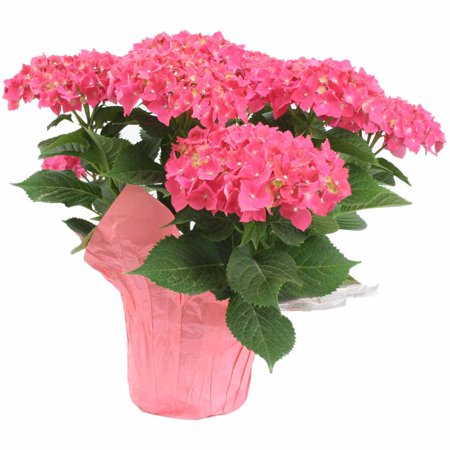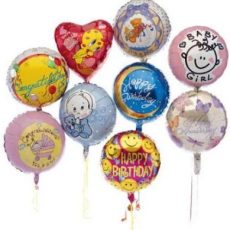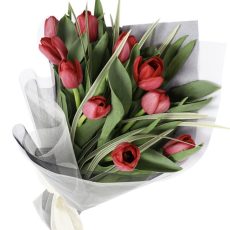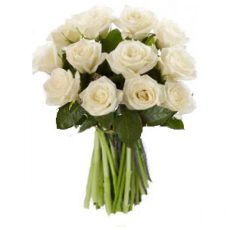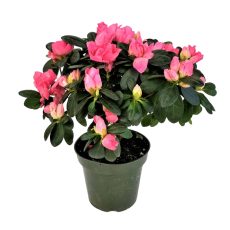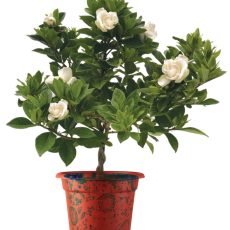The Hydrangea species originated in Asia and in some locations in North and South America. The hydrangea species consists of over one hundred varieties. The aforementioned hydrangeas can be described as a deciduous perennial shrub with low woody branches. Hydrangeas are popular for its wide variety of colors and numerous uses.
Hydrangea bushes are easy to grow. Most varieties prefer full sun and they can also use late afternoon shade in warmer climates to prevent wilting. Plant them in well drained, rich, loamy soil. If your soils are not rich and loamy, we suggest amending the soil before planting. Amend with rich compost for best results. Hydrangeas should be kept moist in the growing season for the best flower production. Hydrangeas can be cut back close to the ground if they get too large are damaged.
An ever popular shrub, Hydrangeas are well know for the ability for their flowers to change color from pink through to blue depending on the pH levels of the soil. Our range of Hydrangea plants also features re-blooming varieties that flower on both old and new growth to give you an abundance of colorful blooms.
Hydrangeas typically grow three to eight feet tall, so they work well to produce flowers right near eye-level and they are a suitable size for even the smallest garden. When not in flower they have large, attractive leaves that make a gentle background. Shady areas underneath shade trees or on the north of your house are ideal spots for Hydrangeas, but many will also grow in sunny areas too. In more northern regions they will generally do better with some sun for at least part of the day. If you have, or are planning, a garden with Azaleas and Camellias, then Hydrangeas are great additions, since they enjoy similar growing conditions. Because they flower later they provide flower interest when your other plants have finished blooming. So for a shade garden these are ideal plants to use. In any shady corner, a Hydrangea is always the first flowering shrub to think of using.

